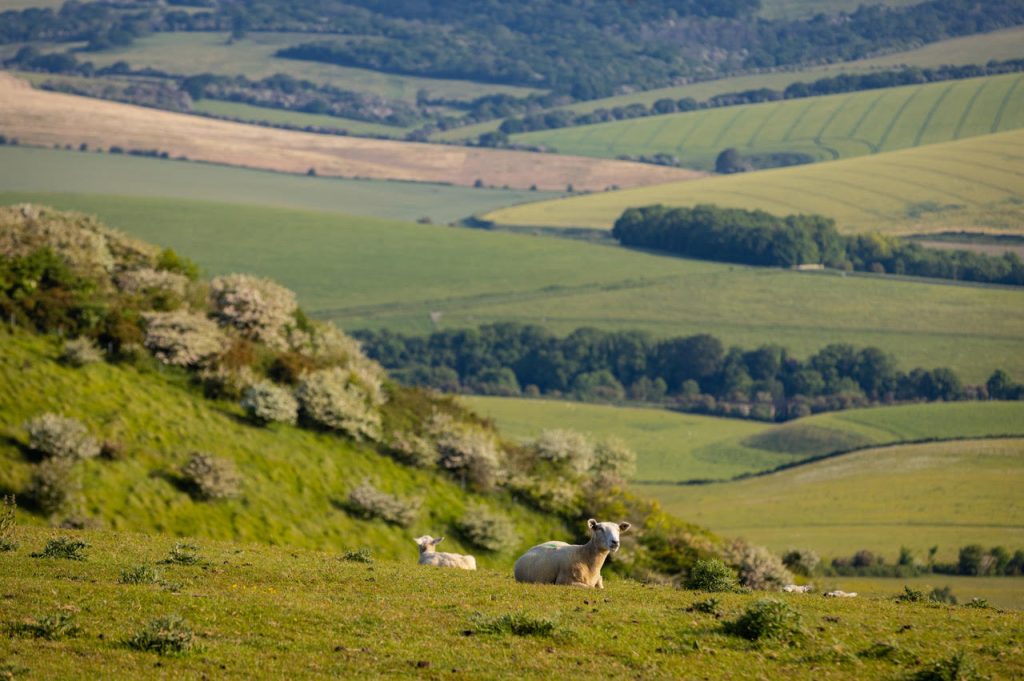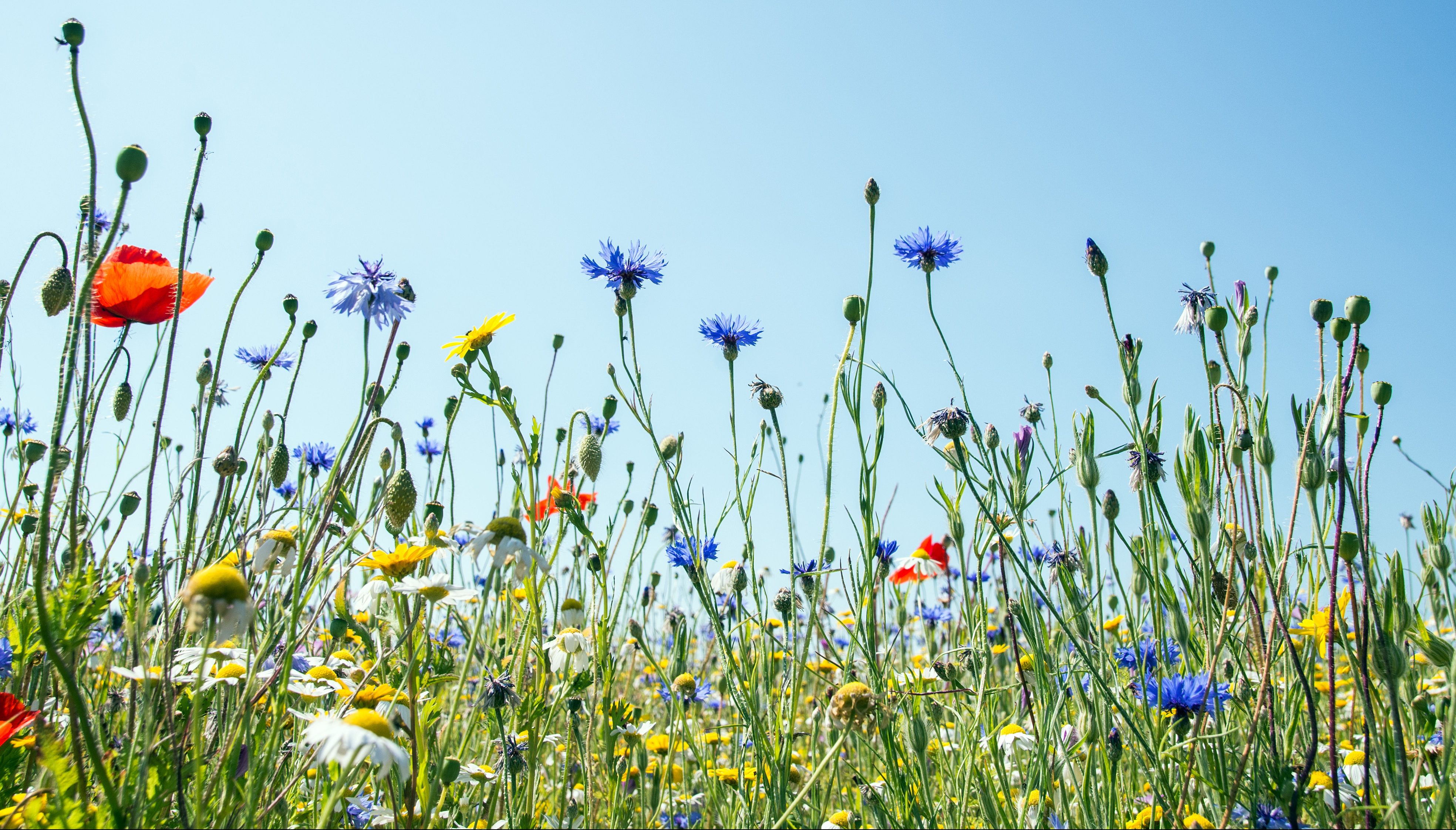Section 106 Agreement Marks Key Moment in Biodiversity Net Gain Provision – by Anthony Weston
It’s been fascinating to have been involved in an innovative Section 106 agreement which marks a groundbreaking step in terms of how developers can provide biodiversity net gain (BNG).
Completed in July, the legal agreement is between the Iford Estate near Lewes in East Sussex and the South Downs National Park Authority (SDNPA).

Iford Estate
The agreement means 31ha of land at Iford – equating to 210 biodiversity units – is the first to appear on the SDNPA’s register of land formally ‘dedicated’ for BNG provision.
Section 106s are, of course, often used in the planning process, but we believe this is the first time one has been secured specifically for mandatory BNG market readiness. It’s an important event, therefore, in the evolution of the ecosystem services market.
As a farm and environment consultant, it’s a real privilege to be helping Iford shape its ambitious 30-year landscape-scale vision with nature recovery at its heart, using BNG as the main vehicle for securing the necessary investment.
The ‘Iford Biodiversity Project’ will ultimately see about 800ha of land permanently dedicated to nature recovery, involving the generation of about 3,000 biodiversity units. It’s one of the biggest and best nature creation, enhancement and restoration projects in the country.
The plan involves the creation of floodplain grazing marsh providing habitat for breeding and wintering waders; species-rich grassland for rare plants, insects and mammals; plus tree-planting on parts of the farm to link up with existing woodland in this more sparsely wooded section of the South Downs National Park.
Part of the attractiveness of Iford as a venue for providing BNG is how it fits within the wider landscape. It’s in a National Park, in the Ouse Valley and adjacent to SSSI and National Nature Reserve land, as well as containing large areas of ‘priority’ habitats. It’s well placed to link those, allowing aggregated gain. It’s part of a patchwork of natural and semi-natural habitats, rather than an island. We can create ‘bigger, better and more joined-up’ habitats, in line with the principles set out in The Lawton Report.
The BNG Section 106 has involved a range of experts including the Estate team; the SDNPA; myself and my colleagues at CLM; Lux Nova Partners (a law firm specialising in the clean energy and environmental sectors); and Town Legal (a specialist planning law firm).
With BNG due to become mandatory in November for all planning applications, this partnership between Iford and the National Park – which is also the Local Planning Authority – will help developers work with the estate to fulfil their statutory BNG requirements.
It won’t, of course, lead to more development in the National Park – but it will mean that development happening elsewhere will benefit nature and people here, by drawing private investment into this very special place.
The SDNPA, meanwhile, has said this is a major step forward for its ReNature initiative, which is looking to create 13,000 hectares of new habitat to help wildlife flourish. It believes the innovative scheme at Iford will kickstart a regional recovery that will benefit both nature and local communities.
I’ve been involved in habitat work for over 20 years – and this is one of the most exciting initiatives I’ve worked on. Iford is already a diverse and inspirational landscape, with recent surveys showing over 1,300 species present on the Estate, many with conservation status. This project will increase the diversity of species over the whole estate, while still retaining food production as the principal land use on the most fertile land.
 Anthony Weston is a Director of CLM, consultants at the forefront of delivering biodiversity net gain, nature recovery and landscape-scale farmer cooperation. Contact Anthony at anthony@c-l-m.co.uk
Anthony Weston is a Director of CLM, consultants at the forefront of delivering biodiversity net gain, nature recovery and landscape-scale farmer cooperation. Contact Anthony at anthony@c-l-m.co.uk
Blog posts on the CIEEM website are the views and opinions of the author(s) credited. They do not necessarily represent the views or position of CIEEM. The CIEEM blog is intended to be a space in which we publish thought-provoking and discussion-stimulating articles. If you’d like to write a blog sharing your own experiences or views, we’d love to hear from you at SophieLowe@cieem.net.
